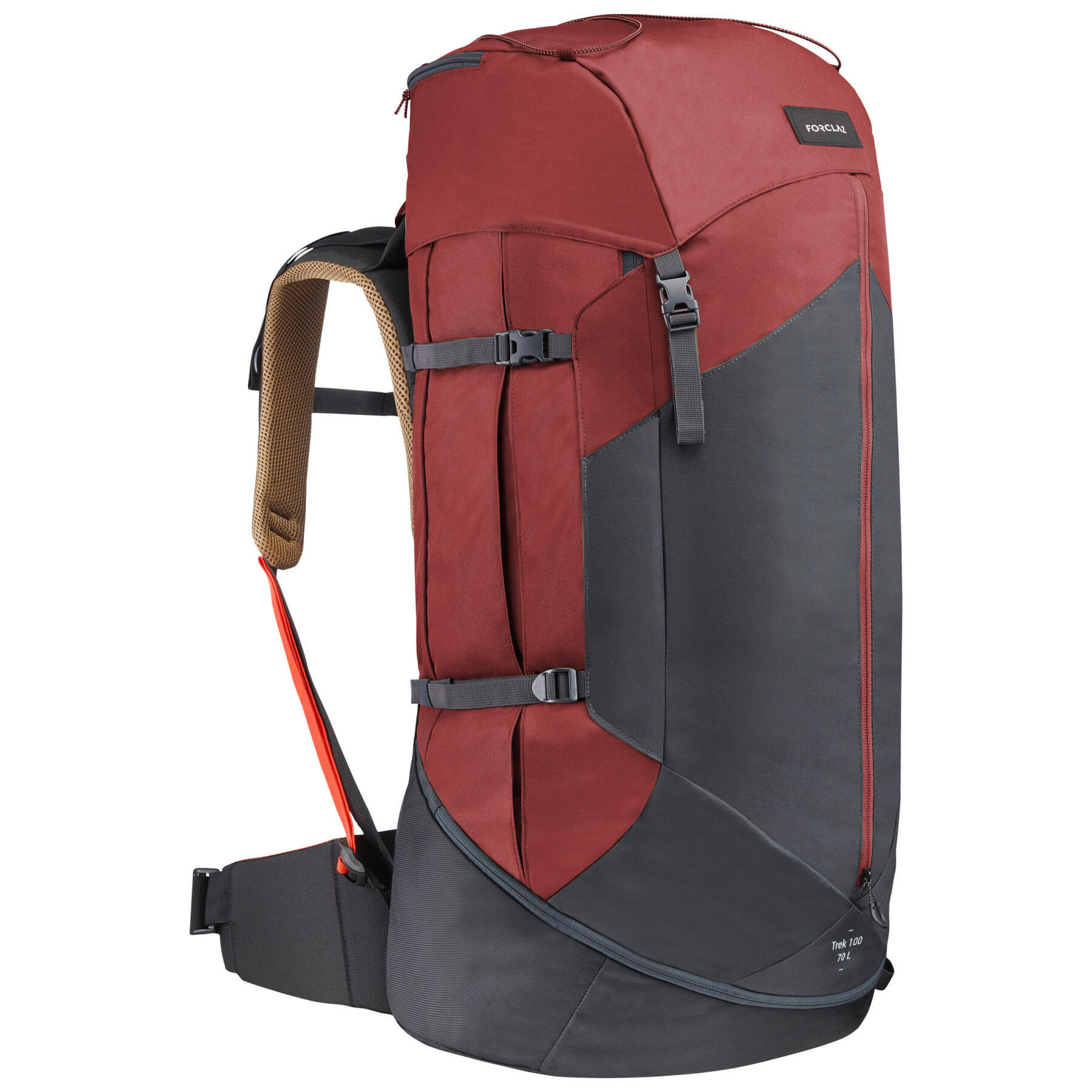1. Before adjusting: carry the pack on your back with all the backpack straps untightened
This enables you to find your comfort point easily without being distracted by any pre-adjustment.

Knowing how to adjust your new backpack is as important as choosing one. Follow the step-by-step guide to make sure the backpack fits your body perfectly.

This enables you to find your comfort point easily without being distracted by any pre-adjustment.

Place it on your hips over the buttocks and tighten it until it feels well supported. If the belt is tightened correctly and in the right position, you should feel that the weight of the pack is much lower on the shoulders. This technique enables you to save energy when carrying a heavy bag.

We often make the mistake of setting our backpacks as high as possible. Thus the full weight of the bag will be on the shoulders but not shared between the shoulders and the hips.

Some backpacks enable you to adjust the length of the back to fit your body size. (if not an EASYFIT backpack, adjust the back length before adjusting backpack straps)

They are also known as load tension straps.
The load tension straps enable the wearers to bring the backpack closer to the shoulders for extra comfort and support.~

Be careful not to overtighten the straps as it will restrict your breathing. This strap is mainly used to stabilise the bag when you walk. Depending on the rucksack model, the height of the strap can be adjusted to free the chest and allow maximum comfort.

Our patented Easyfit system allows you to adjust the back height and strap tension simultaneously by pulling on one single strap (on each side).~
Don't forget, never carry more than 25% of your weight! Even the best of bags, perfectly fitted, can hurt your back if too heavy. Children should only carry 10 to 15% of their weight.